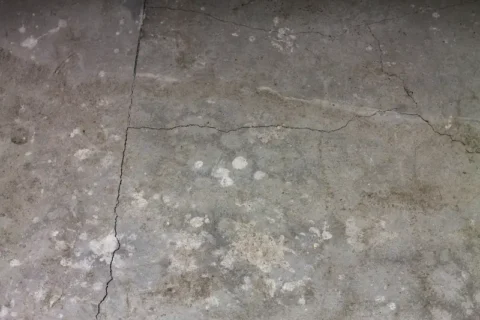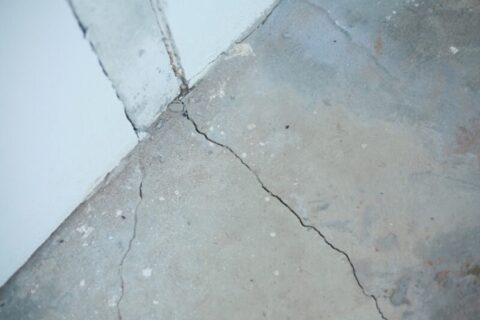The Outdoor Drainage System Everyone Should Be Using
It isn’t really a secret or a new technology. Actually, it is a really old technology…like 1800s old. However, sometimes the old way is still the best way.
If you have a water issue, the outdoor drainage system you should probably be using is the French Drain.
The French Drain is basically a perforated pipe (a pipe with holes in it) in a trench filled with gravel. Drain fabric surrounds the pipe to prevent the pipe from clogging and filling up with sand or dirt.
There are different variations to the specifics of the pipe thanks to many different manufacturers but the basic idea is the same. Some may not need the drain fabric or the pipe or drain tile may be a different size or shape. The weep holes vary as well. There are different specifics but here are the basic steps to a simple French Drain. Homeowners can either do it themselves or hire a professional.
Here are the steps to creating a French drain:
1.) Dig a six inch wide trench no deeper than the nearest foundation. Proper trenches run parallel the building and horizontal across slopes. Once you have a trench add a layer of gravel along the bottom.
2.) Next add the drain fabric or landscaping fabric. Line the entire span of trench on top of the layer of gravel leaving roughly 10-inches of excess fabric on each side of trench.
3.) Then lay the drain pipe on top of the fabric and add more gravel. Completely cover the pipe with gravel. Leave about 5-inches between the top of the gravel and the ground surface.
4.) Fold the excess landscaping fabric over the pipe. This will prevent the pipe from filling up with dirt and silt.
5.) Use sand and soil to cover fill the trench then cover the soil with turf. Make sure you add a bed of stones to the open end of the drain pipe.
This outside drainage system will collect excess rain water and prevent standing water.
If you have a bigger water problem or water leaking into your basement, you may want to consult a basement waterproofing specialist to help you determine the best method for basement waterproofing. You may need an exterior drainage system around the whole perimeter of your foundation for the outdoor drainage system. A professional waterproofing contractor can help you and install the system.
Ready to Get Started?
Contact Us Today to Schedule a No Pressure, No Obligation, Free Quote!


